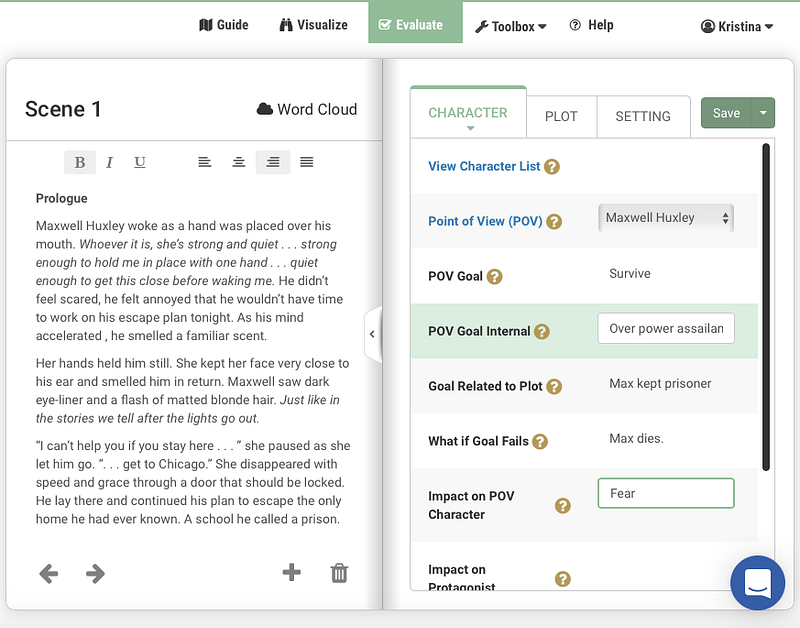Failure will make your point of view character human. Failure will add tension to your scene. Failure drives your character and your story forward. That’s the importance of failure.
What is the goal?
The reader should understand early in each scene what the POV character’s goal is.
How Serious Is The Goal?
In each scene, the POV character may or may not reach the goal. As a writer, even if the character reaches the goal, you need to understand what’s at stake if he doesn’t. If there isn’t much at stake, there won’t be enough tension in the scene.
If the character’s goal is to have a cup of coffee and he doesn’t get it, will the reader care? Probably not. But what if he wants a cup of coffee, and there is poison in the coffee? Now there is a lot a stake — his life — and the tension just ratcheted up a notch.
To Fail or Succeed?
In some scenes, the POV character should reach the goal, and in others, he should not.
A character who reaches every goal will be unbelievable and won’t be struggling. There won’t be enough tension to keep the reader engaged.
A character who fails at reaching every goal could be hard to empathize with. Again, the character won’t be believable, and your reader may lose interest.
Having a balance of succeeding and failing will keep your reader guessing and engaged in your story. If your story is upbeat, have more successes. If your story is dark, more failure is in order.
The Reaction
Whether the character succeeds or fails, don’t forget to include a sequel to the action. This is the beat where the reader is shown the character’s reaction. Readers love to know how a character feels, and you can use the goals to show the feelings.
The Importance of Failure in Every Scene?
There must be a POV character goal in every scene. Without a goal, think about removing the scene from the story. If there is no goal, the scene might not have a purpose, so review each scene carefully. Maybe you can add a goal to the scene if you want to keep the scene for other reasons.
Fictionary Helps With Character Goals
Fictionary StoryTeller is a new interactive web app for self-editing fiction that helps writers turn a first draft into a story readers love.
This is the first scene from Maxwell Huxley’s Demon (by Michael Conn — cofounder of Fictionary).

Maxwell Huxley wakes up with a hand on his mouth. It’s immediately clear his goal is to survive. If he fails, he dies. Something serious is at stake. The goal sets the tone for the novel. The reader knows they are about to read a thriller. The genre is YA thriller.
You can use Fictionary to check the character’s goal for each scene is related the plot and keep track of the impact on the POV character.
Developed by writers to help fellow writers, Fictionary is the first online tool for editing the story, not just the words. Writers are guided through a scene-by-scene evaluation of their manuscript by analyzing key story elements for characters, plot, and settings.
With interactive reports and writing advice for each element, writers can visualize their story and see where and how to improve their writing. With automated progress tracking, writers save time on self-editing and can be confident that their work is ready to share.
Learn more about writing captivating stories.
If you’d like to listen to an in-depth discussion on story editing, check out Story Edit Like A Pro.
![]()
StoryTeller is creative editing software for fiction writers. Transform your story, not just your words. Successful stories depend on your ability to edit, improve, and revise your work. Only when you master story editing, can you master storytelling.
How StoryTeller Works: A writer imports a manuscript. Within seconds, StoryTeller automatically creates a character list, links characters to scenes, plots word count per scene, and draws a story arc.
The writer then inputs key story elements for each scene, evaluates and edits the manuscript based on StoryTeller’s reports, and then exports the updated manuscript.
Why not check out Fictionary’s StoryTeller free 7-day trial and tell powerful stories.

